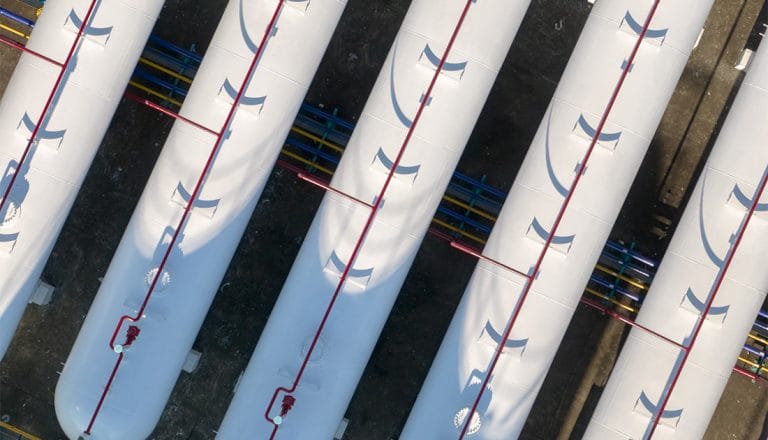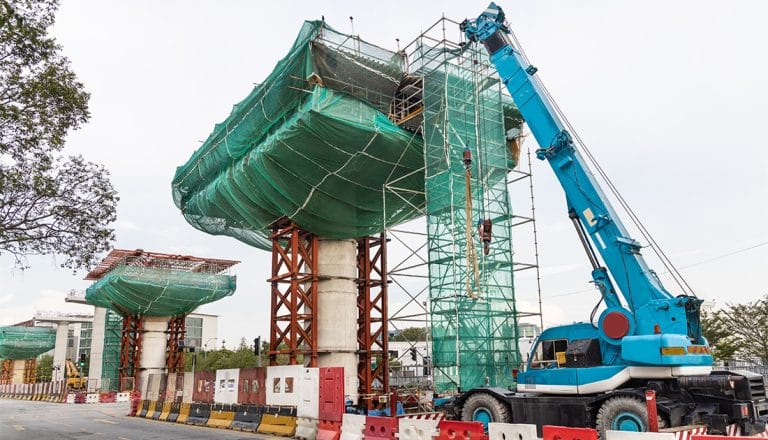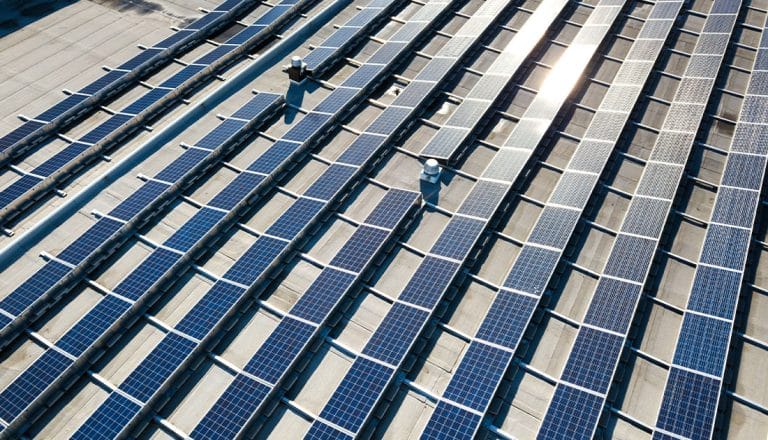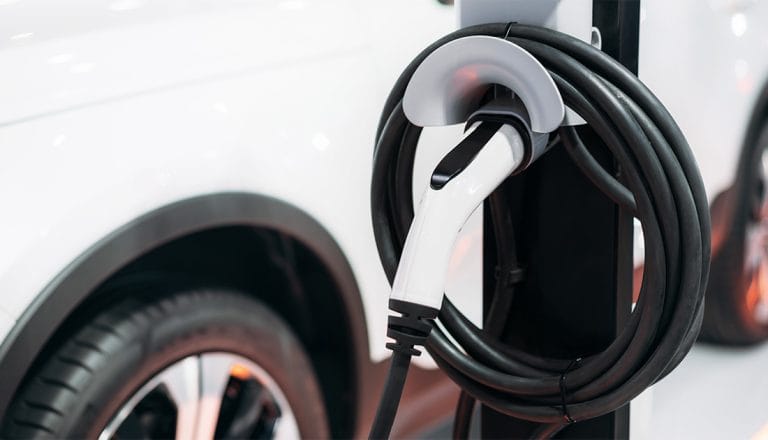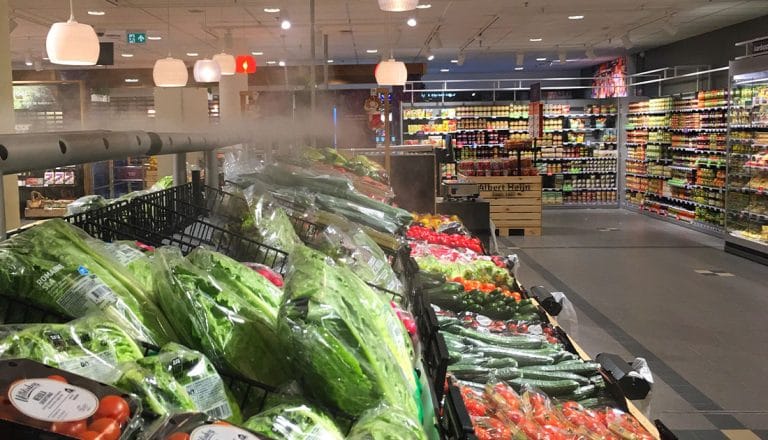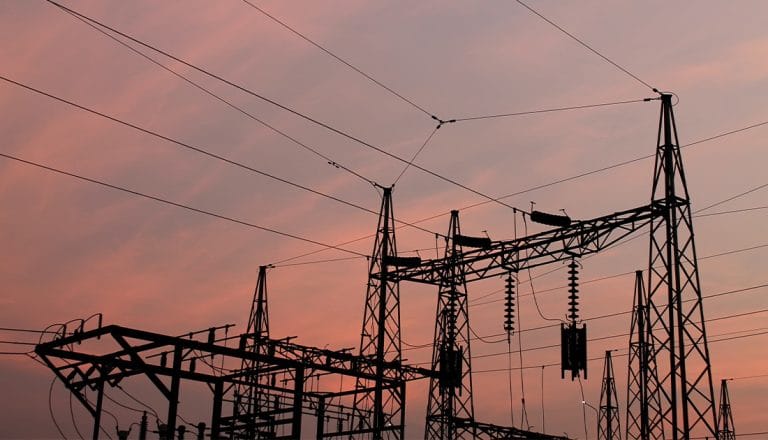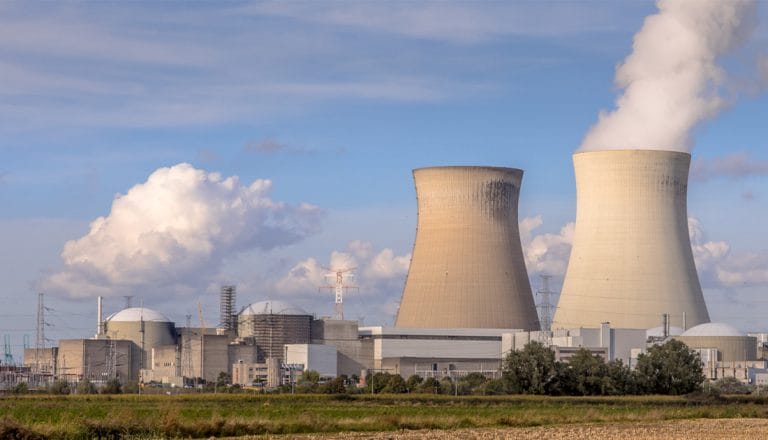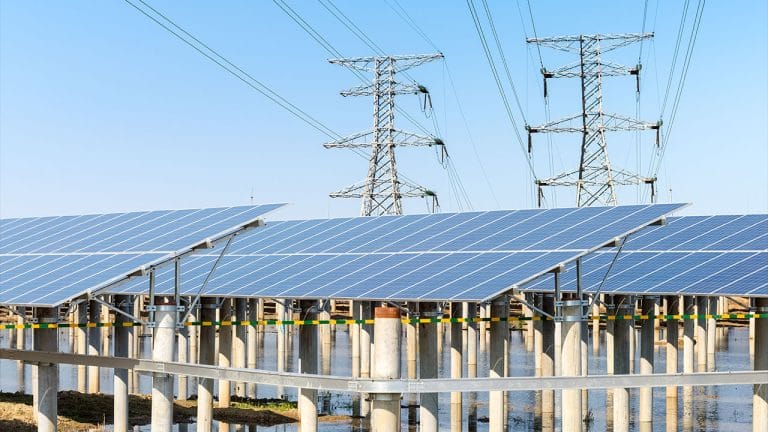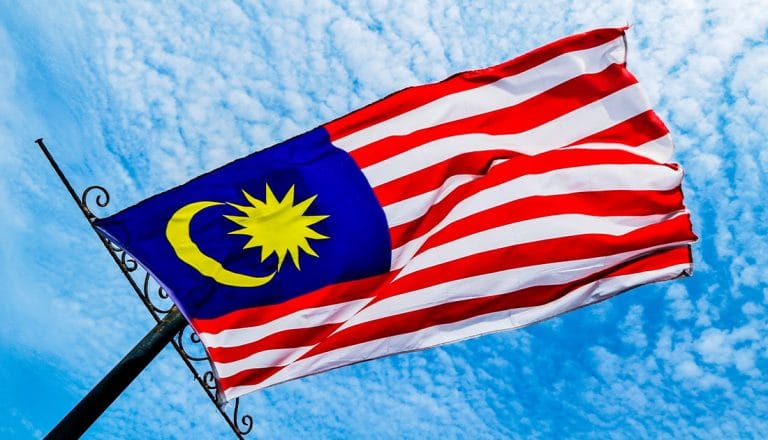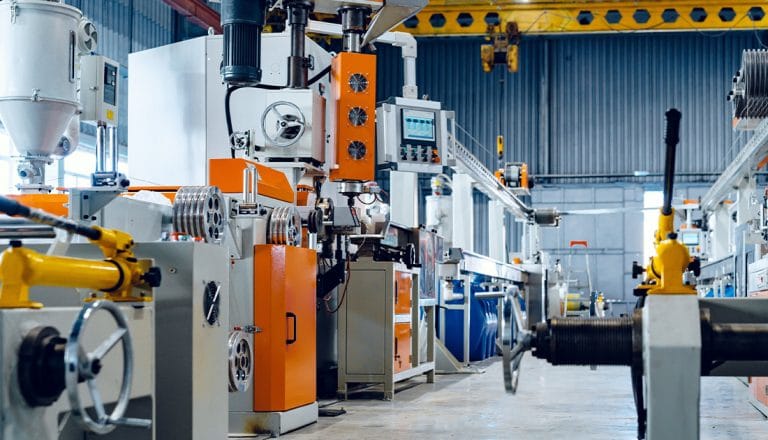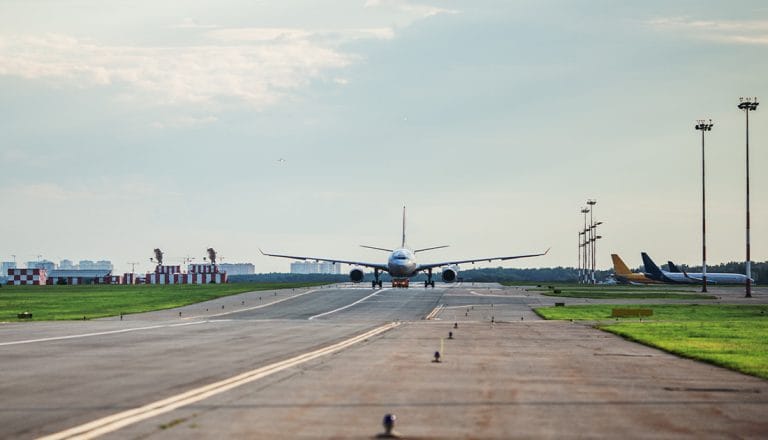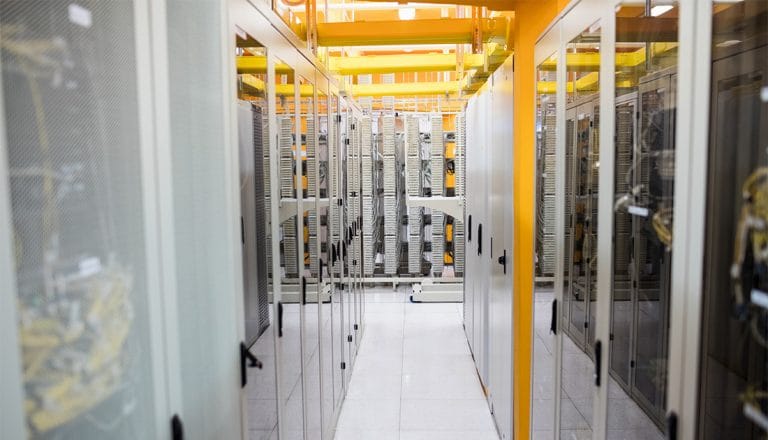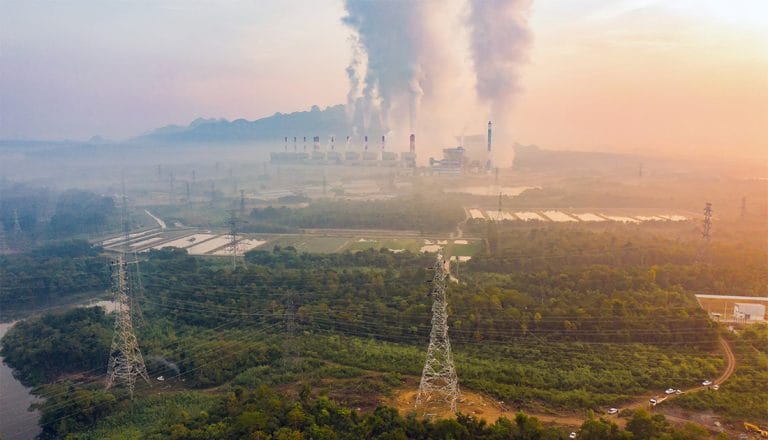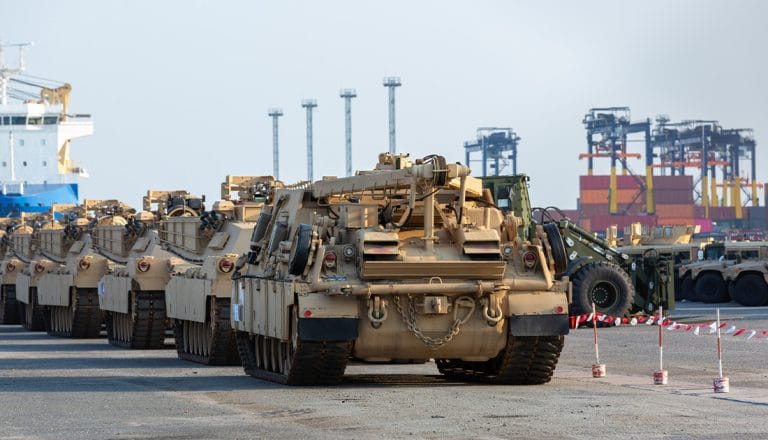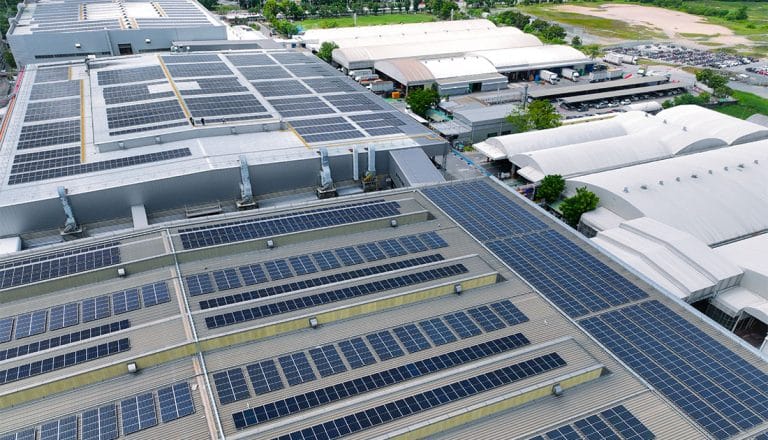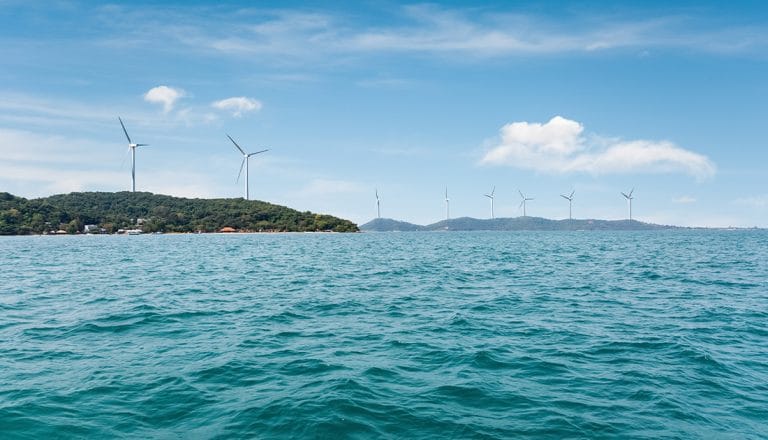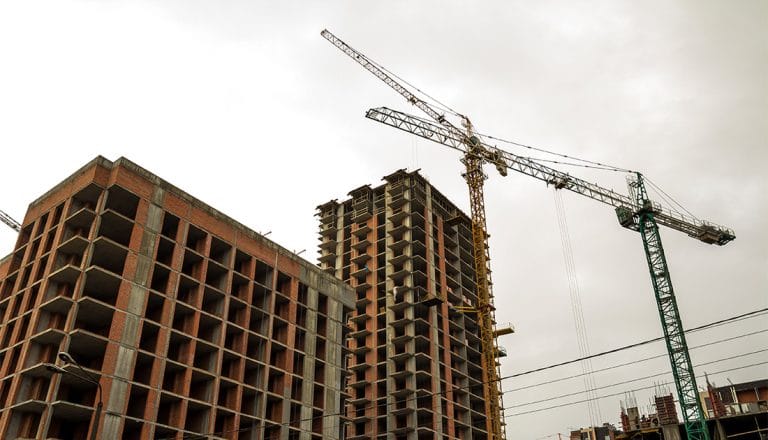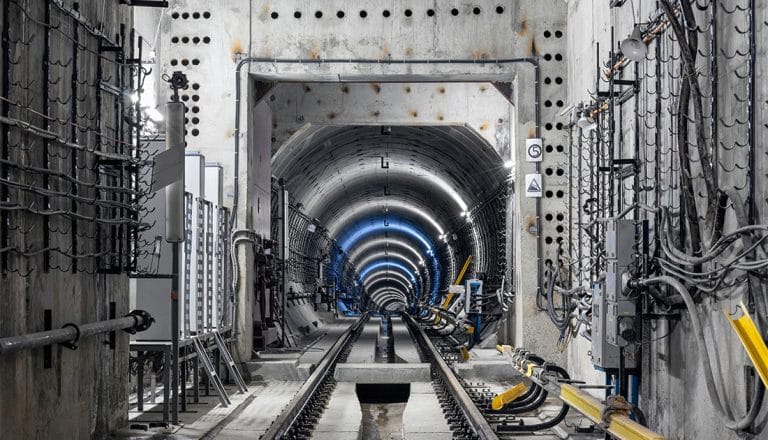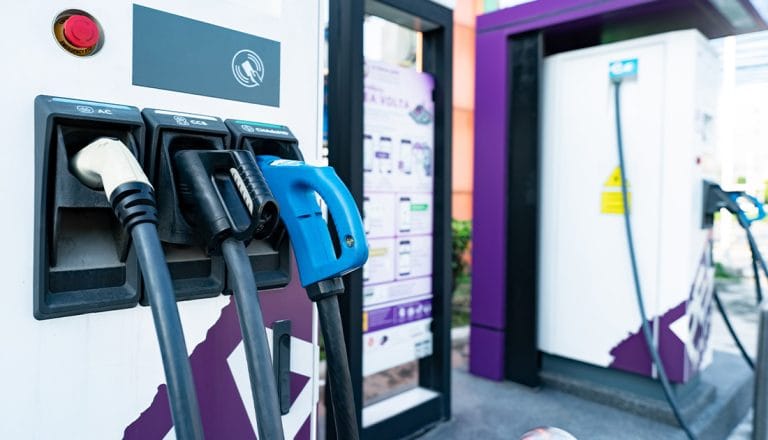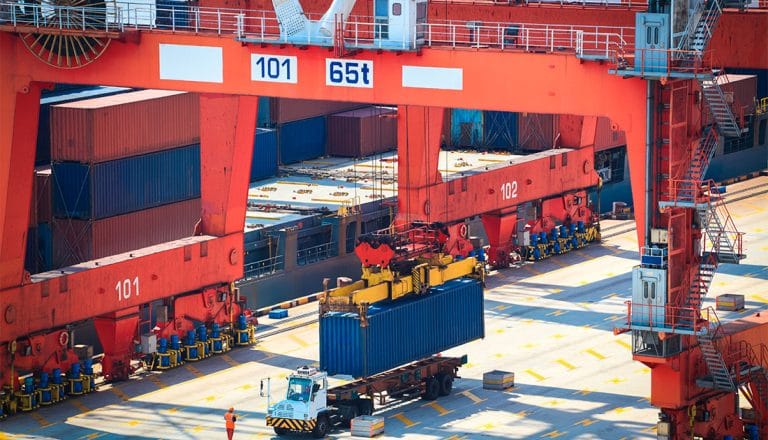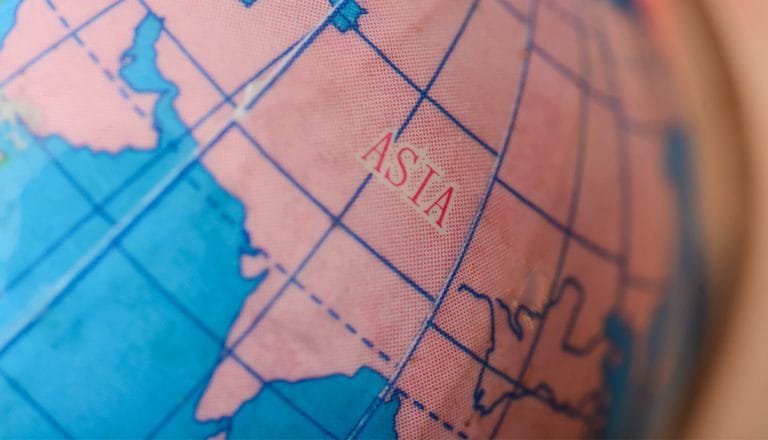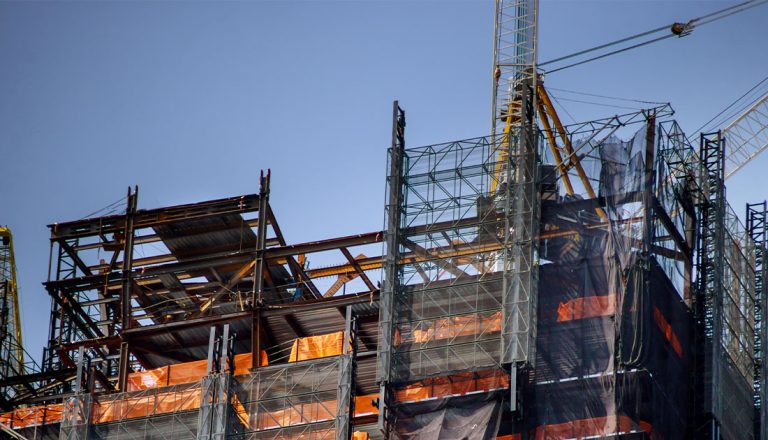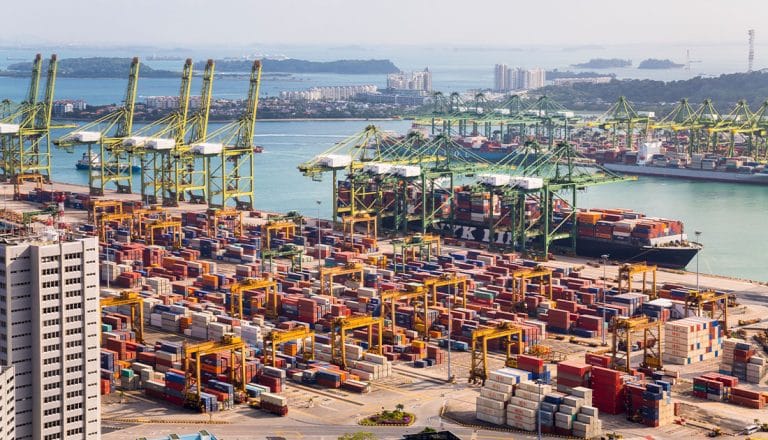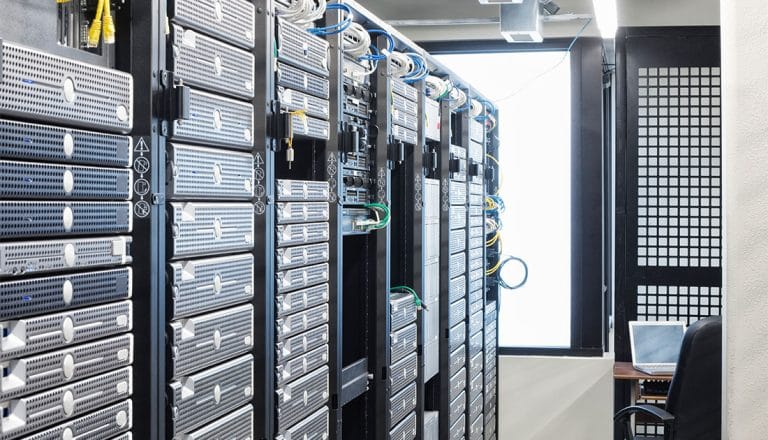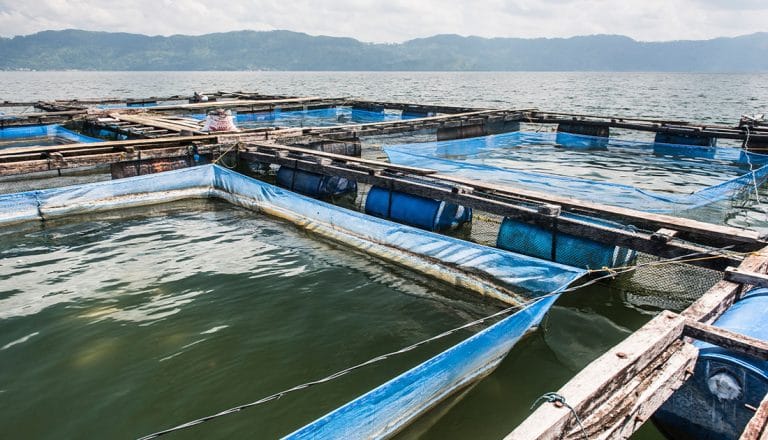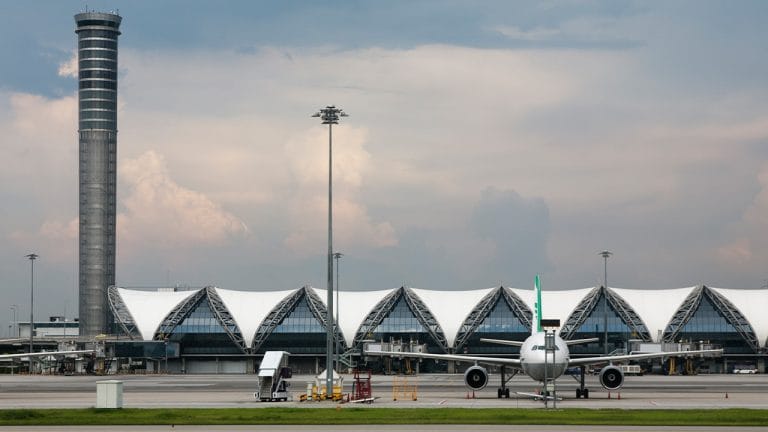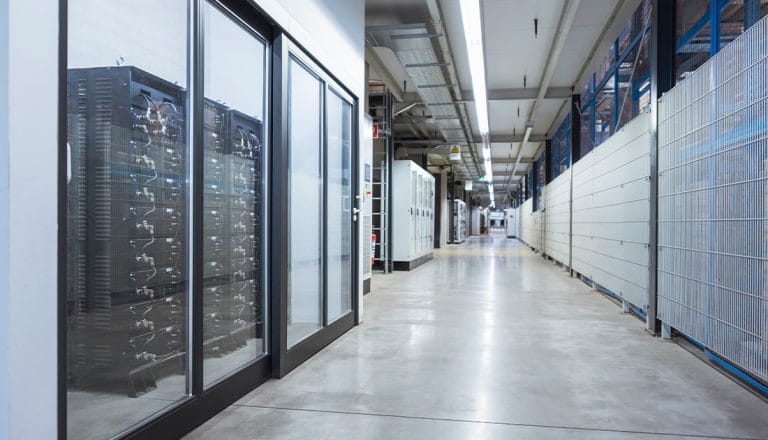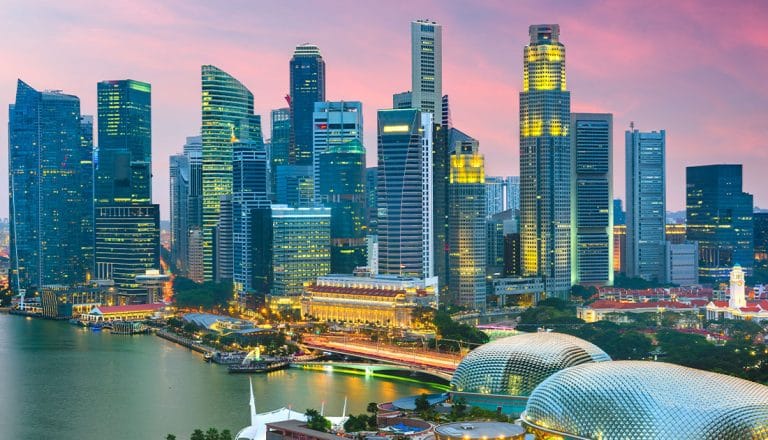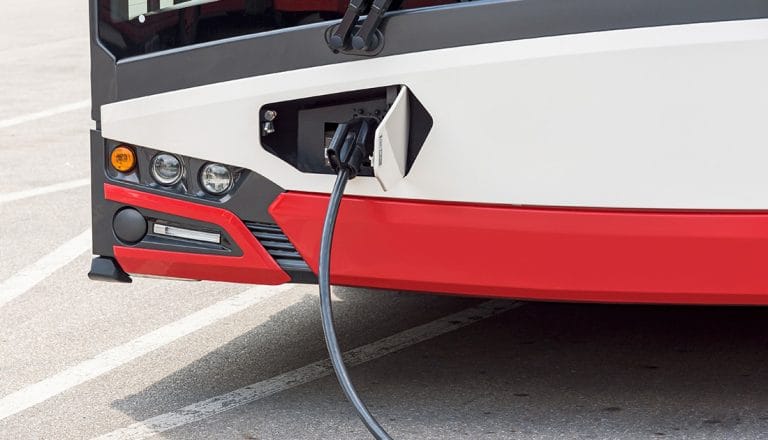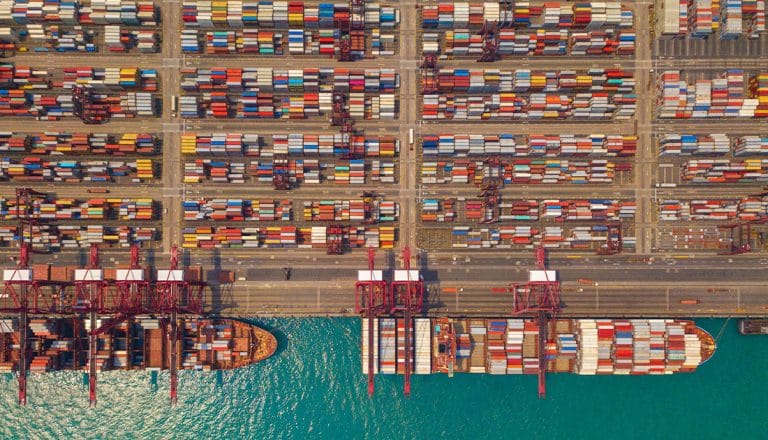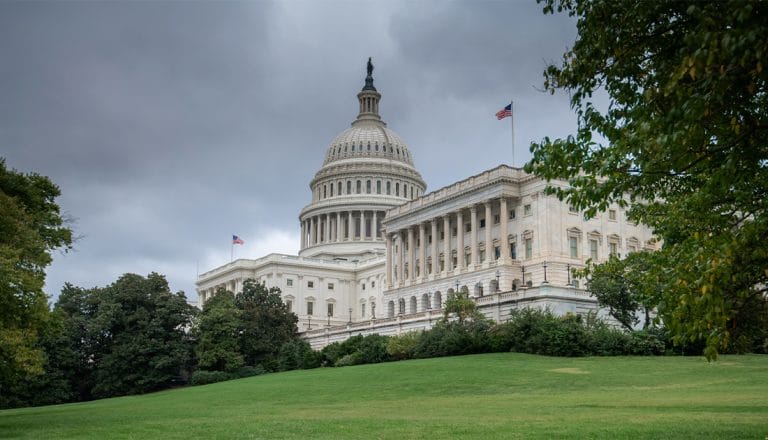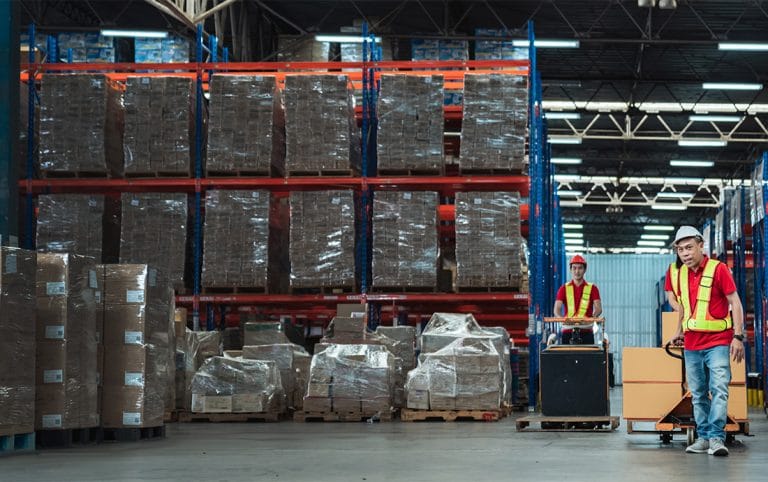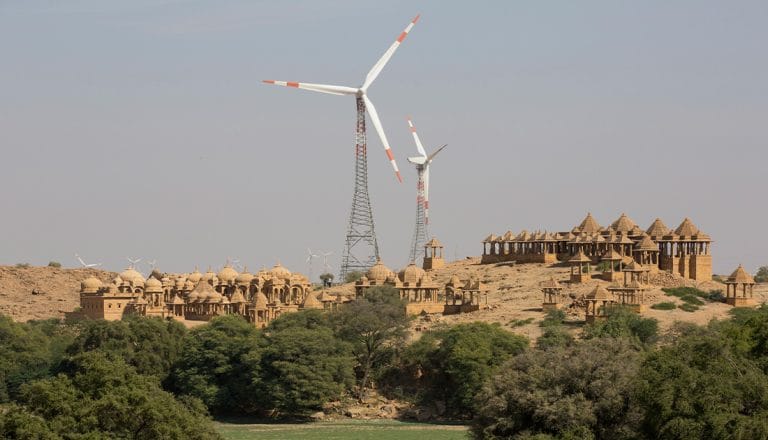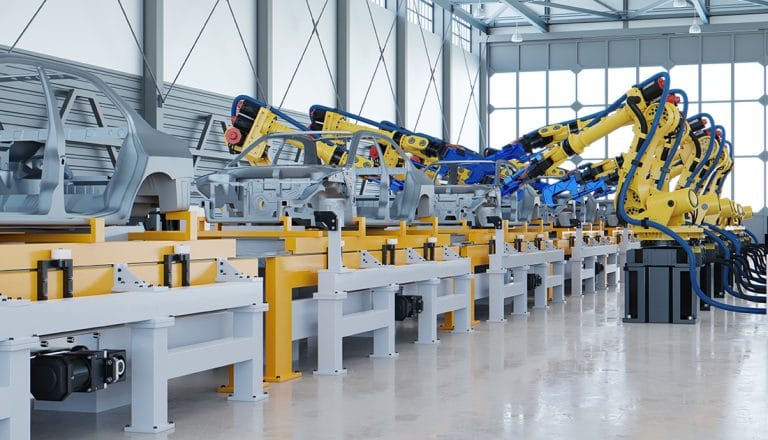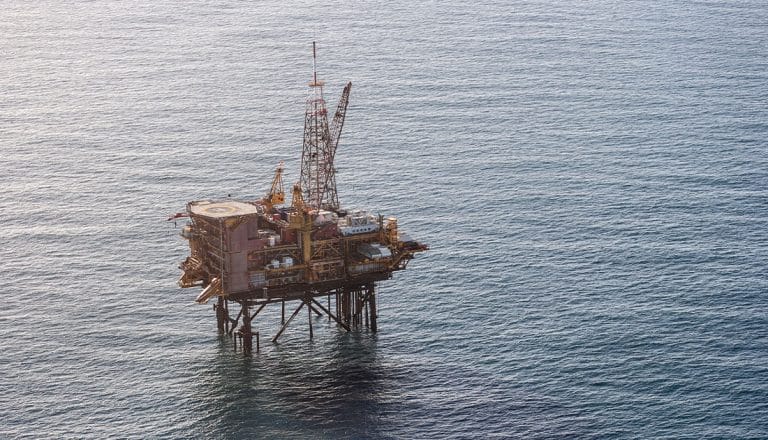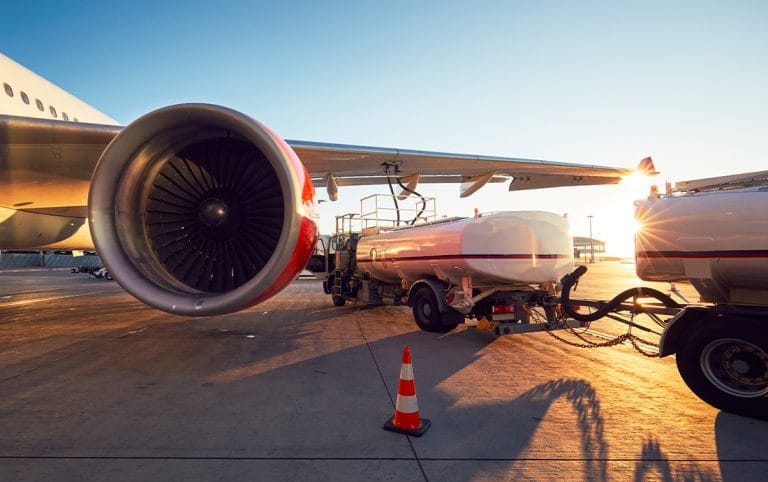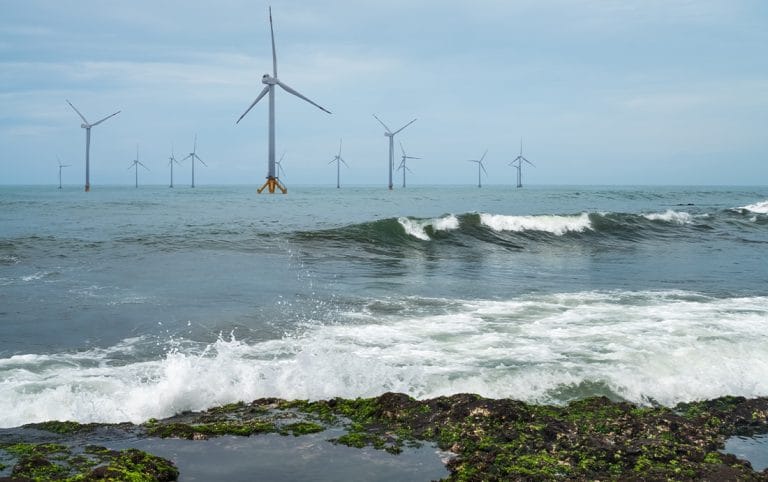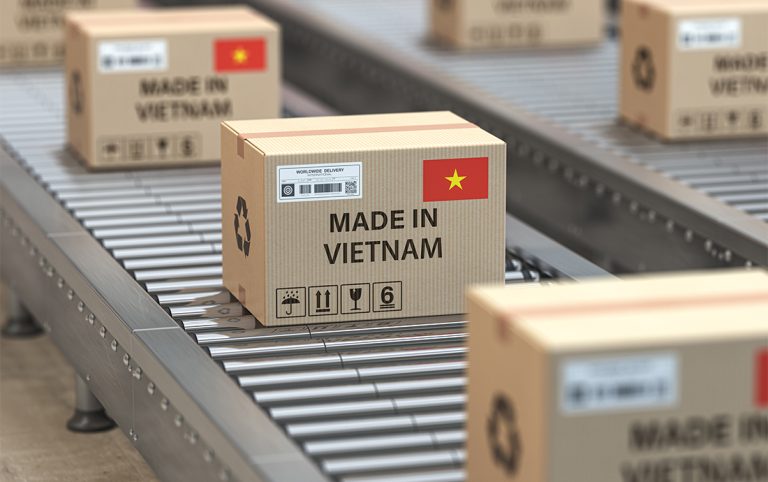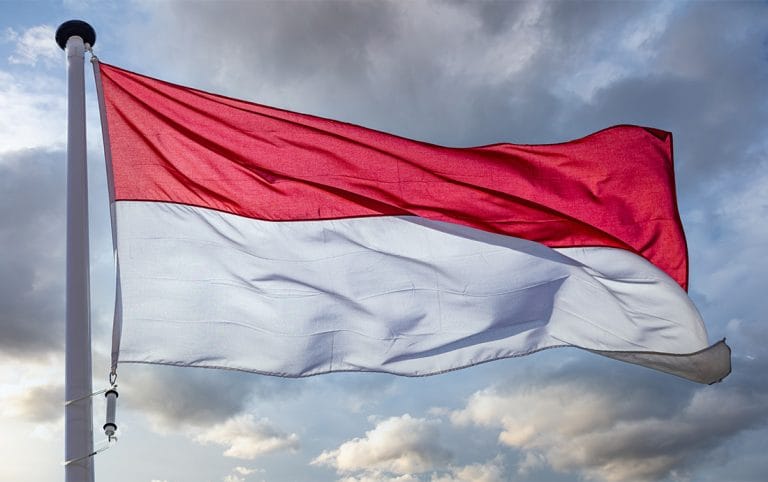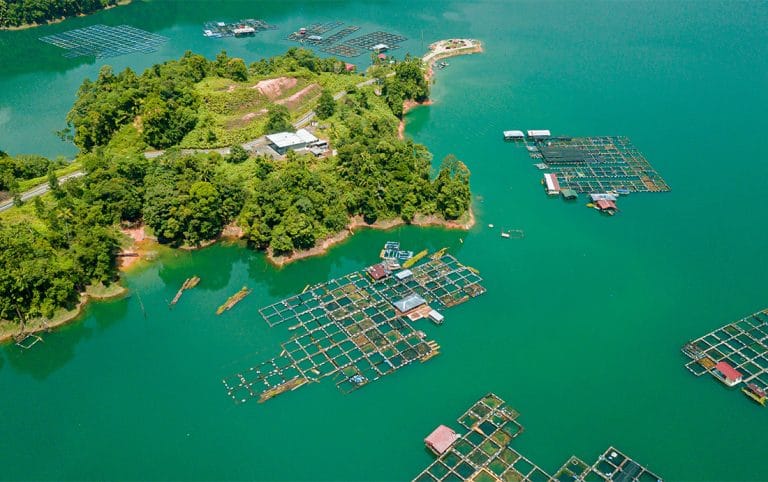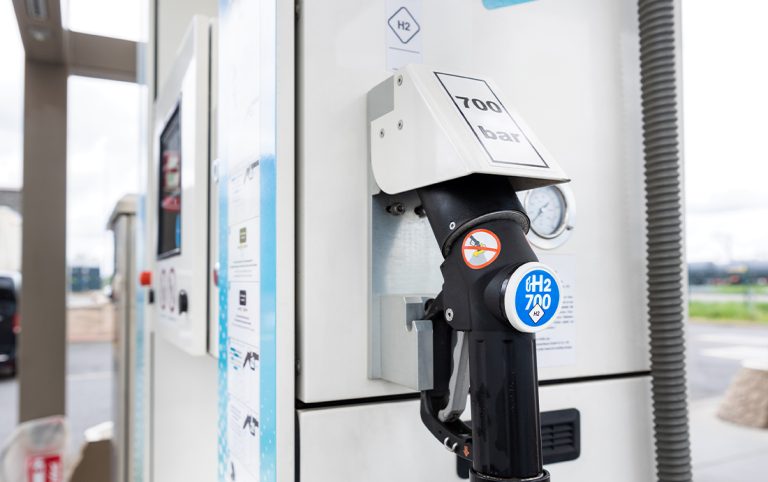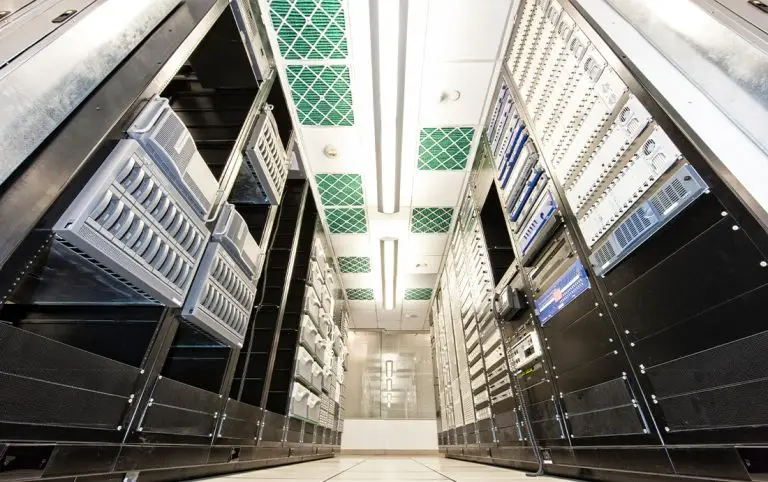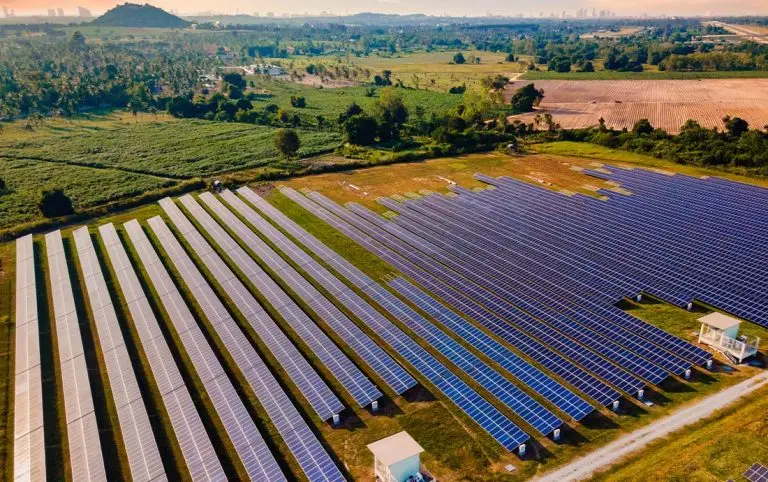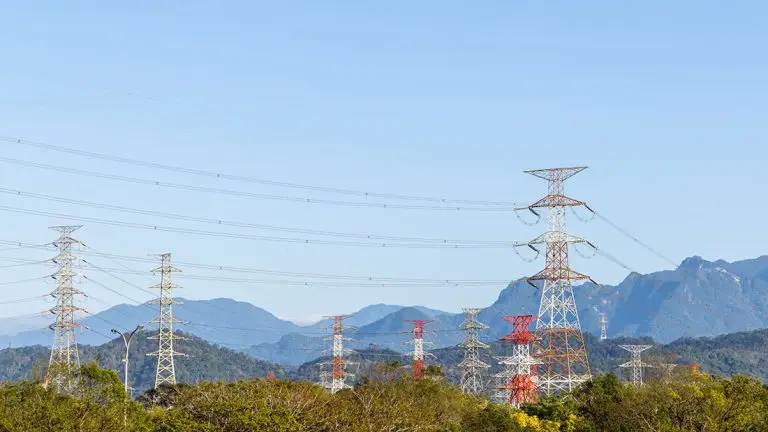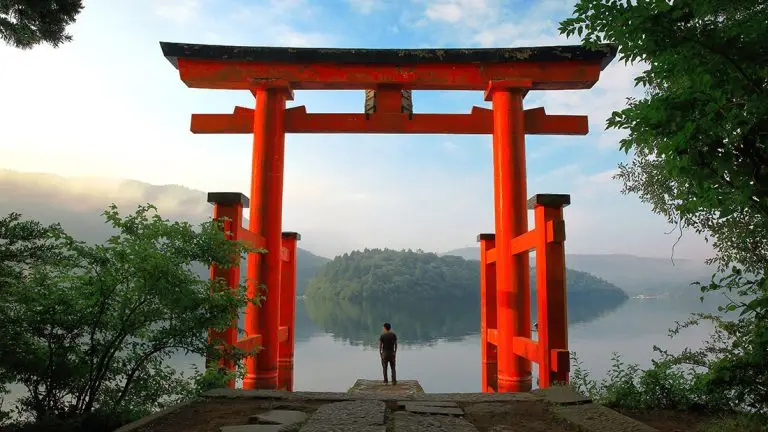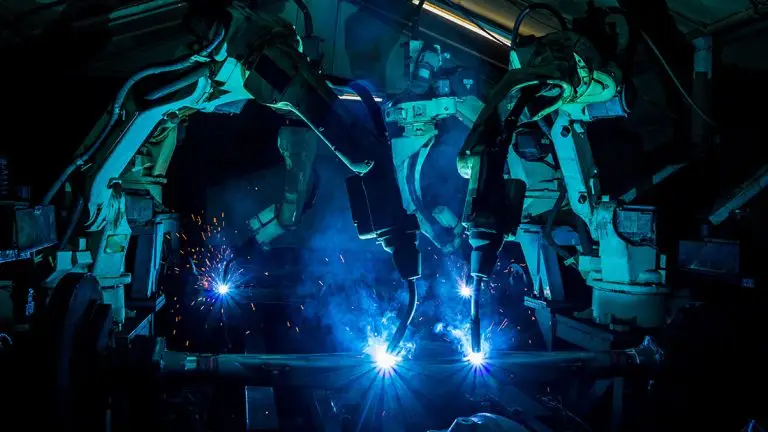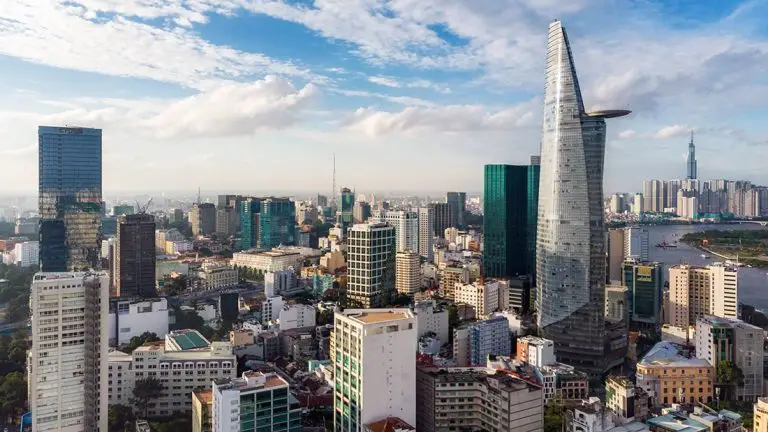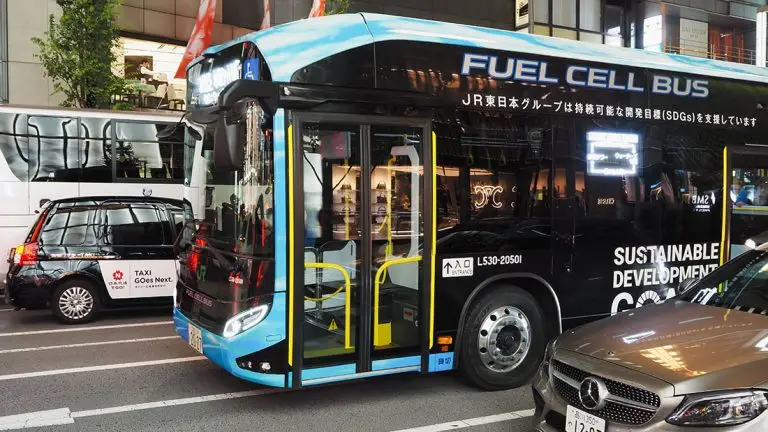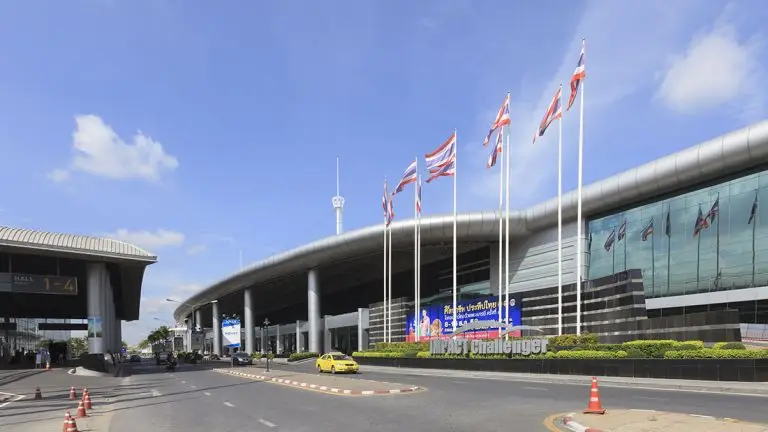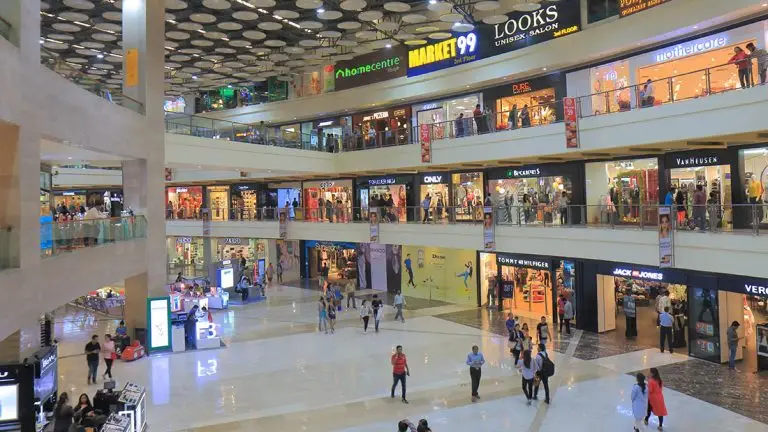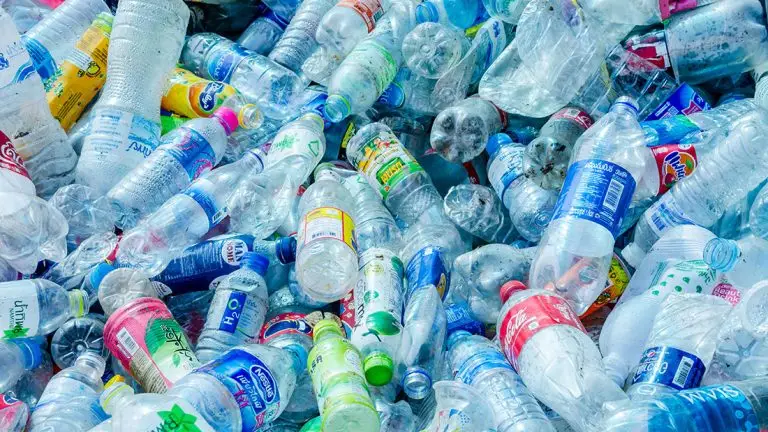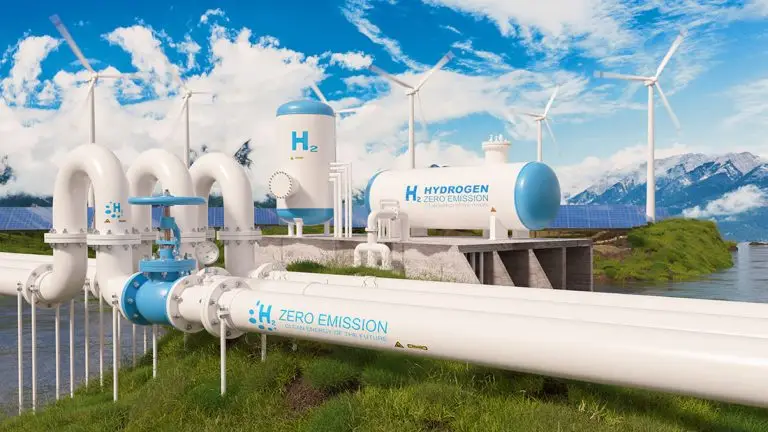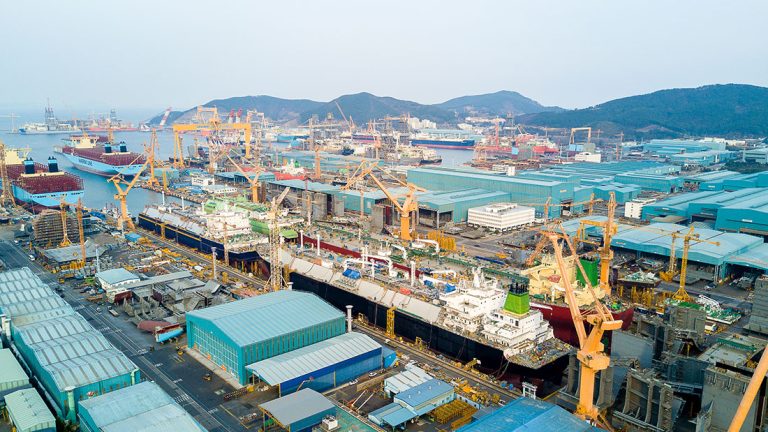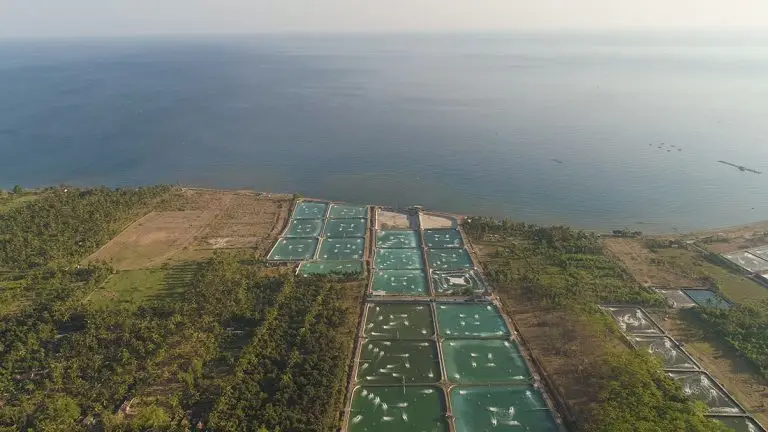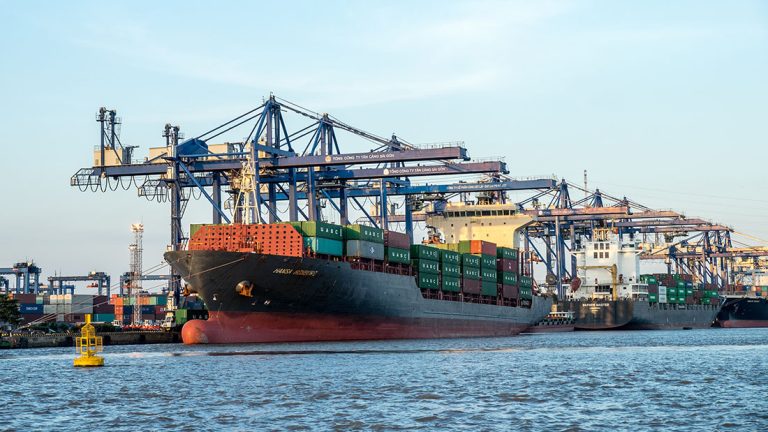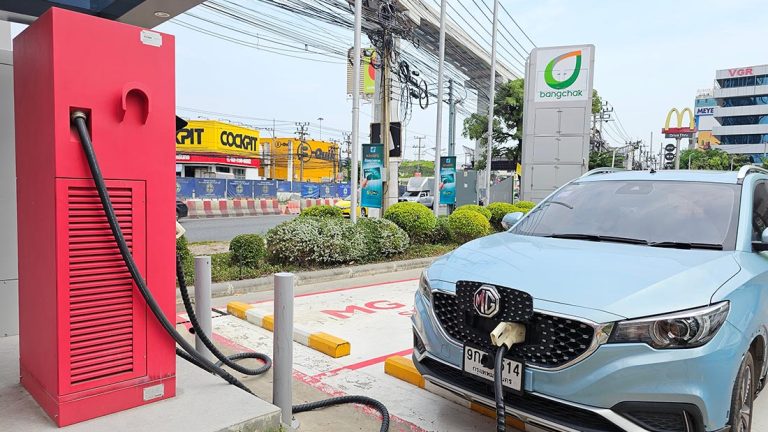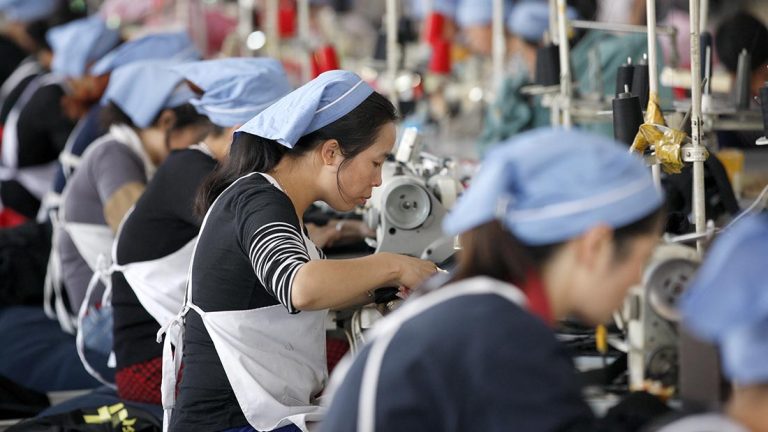As global trade becomes increasingly strained by rising protectionism and industrial policies, Asia finds itself at the forefront of this struggle. Some countries, including long-time open trade proponent Singapore, have introduced trade barriers. However, history has shown that investing in innovation and maintaining open trade policies are the best ways to achieve sustainable economic growth. Asian Insiders Associate Partner Tanja Harjuniemi offers an overview of the situation.
In order to better understand the situation, both in Asia and worldwide, it is vital to understand that sustainable trade is more than economic transactions. It embodies a commitment to integrating sustainable development goals into international commerce. This means balancing economic, social, and environmental considerations to ensure a positive impact on global and local communities.
The Hinrich-IMD Sustainable Trade Index 2024 assessed 30 Asia-Pacific economies based on their ability to align international trade with sustainability goals. It evaluates three core dimensions: economic growth, social advancement, and environmental management. By monitoring these factors, the index offers a valuable lens through which to view the strengths and vulnerabilities of various trade systems, providing a roadmap for sustainable trade practices.

Protectionism on the rise: Asia copes with trade barriers
Amid rising geopolitical tensions, many nations are increasingly turning inward, adopting policies to protect domestic industries, limit import dependence, and ensure the availability of crucial components. However, these measures often come at an economic cost. Over the past year, tariff barriers have climbed 13 percent, while non-tariff barriers have surged by 23 percent.
Tariffs oftentimes receive the headlines because these are easier to understand and quantify. However, non-tariff barriers tend to be more problematic to trade. Notable examples of these include customs surcharges; technical measures and product characteristic requirements; and monopolistic measures.
As tariffs have declined or been eliminated in Asia, some countries have replaced them with non-tariff barriers. In addition to increasing the cost of trade and creating friction between countries, it can be more difficult to identify and remove them. It is estimated that trade costs involving these are more than double that of ordinary customs tariffs.
Ten of Asia’s key economies have introduced new non-tariff trade barriers, including import quotas, strict product standards, and subsidies favouring local production. China, India, Indonesia, and Japan have been the most active in implementing these protective policies. Meanwhile, India and China led the way in erecting new tariff barriers.
Despite this protectionist trend, Hong Kong remains an open market leader globally, having significantly reduced trade barriers and refrained from introducing new restrictions. By contrast, Singapore has adopted new tariff and non-tariff measures, breaking from its traditionally open trade stance. Brunei, Cambodia, and Laos are among the other countries in Asia tohave kept trade barriers unchanged over the past year.

Technology and innovation: The cornerstones of economic sustainability
According to the Sustainable Trade Index, economies prioritising technological infrastructure, investing in innovation, and maintaining open trade policies are best positioned for sustainable growth.
Hong Kong and Singapore continue to lead Asia in these areas, albeit for different reasons. Hong Kong benefits from a world-class technological infrastructure, high foreign investment, and a business environment free from trade restrictions. By easing immigration, it has also expanded its workforce. Yet, it must address challenges such as a high export concentration and low gross fixed capital formation.
Conversely, Singapore boasts low indirect trade costs and robust technological foundations in addition to a high level of foreign investment. It has also managed to grow its workforce. However, the country struggles with its monetary policy and exchange rate stability, two factors that could undermine future growth.
The dominance of Asia’s most developed countries in STI’s 2024 economic rankings highlights a critical issue facing the region. Thailand and Vietnam were the only developing nations to place among the top eight economies in Asia. This illustrates the difficulties lower-income countries face in establishing robust, sustainable trade systems.
Thailand’s strengths include controlled inflation, stable exchange rates, and diversified exports. The country still faces several challenges, such as a shrinking workforce, stagnant economic growth, and monetary policy issues. Vietnam performs well in monetary policy, trade openness, and trade liberalisation but must contend with workforce declines and foreign trade payment risks.

Emerging giants: The promise and perils of India and Indonesia
While international trade has propelled economic development across Asia, lifting millions out of poverty, the region’s emerging economies face a complex set of challenges. Despite impressive growth rates, these nations often lag in trade sustainability metrics compared to their more developed peers.
India and Indonesia illustrate this dynamic well. Both rank among the bottom eight regionally in terms of economic sustainability, yet their growth prospects remain high. India is expected to achieve a 6.5 percent growth rate next year while Indonesia is projected to grow by over 5 percent.
India excels in GDP, workforce growth, and export diversification but is hampered by high trade barriers and underdeveloped technological infrastructure. Similarly, Indonesia benefits from stable exchange rates, strong GDP growth, and solid export diversification. However, the country struggles with weak technological infrastructure, insufficient innovation, and restricted access to domestic credit.
Removing barriers: The role of FTAs and other economic partnerships
It is important to note that non-tariff barriers can serve legitimate and important public policy objectives. Unfortunately, they can be crafted in ways that are too broad or vague and put expensive and cumbersome requirements on trade.
For instance, the global economic cost of sanitary and phytosanitary measures and technical barriers to trade measures is estimated to be roughly USD 1.4 trillion with the World Trade Organisation noting 57 percent of imports are affected by at least one. Worryingly, they seem to be growing in numbers.
The International Trade Centre found there are now more than 25,000 non-tariff barriers in Asia Pacific economies. According to data from the WTO, the number of new measures initiated in the region has roughly tripled since 2007.
That has placed a greater emphasis on free trade agreements (FTA) and other economic partnerships. In recent times, these have taken on a prominent role in identifying and minimising non-tariff barriers.
An example of this is the Comprehensive and Progressive Agreement for Trans-Pacific Partnership (CPTPP). This created clear definitions and enforceable rules for various non-tariff barriers. The goal was to eliminate trade friction and reduce the cost of compliance.
Ultimately, FTAs and economic trade partnerships must set clear guidelines on non-tariff barriers to ensure trade can happen free of hinderances.
Final thoughts
The balance between protectionism and open markets remains precarious as global trade evolves, perhaps nowhere more so than in Asia. The region is one of the world’s drivers of economic growth, but maintaining this momentum depends on how developed and emerging economies proceed with strategic investments in technology, trade liberalisation, and policies that ensure economic, societal, and environmental resilience.
There is a concern in Asia that increasing trade barriers could curb some of the robust growth being recorded across the region. The impact of this would be greatest felt by developing economies which do not have the technology and innovation infrastructure of their larger peers.
Pursuing FTAs and other economic partnerships that clearly lay out how non-tariff barriers are implemented and enforced is one way forward Asian economies. That can protect growth for all parties involved and provide stability amid an uncertain global outlook.
Tanja Harjuniemi is an internationalisation consultant, business journalist, and associate partner at Asian Insiders with over 11 years of experience in Southeast Asia’s economic landscape. Her study on sustainable trade in Southeast Asia was supported by Jokes and KSR.
To learn more about opportunities in Asia and assess your readiness to enter the market, schedule a no-obligation call with Jari Hietala, Managing Partner: jari.hietala (at)asianinsiders.com

